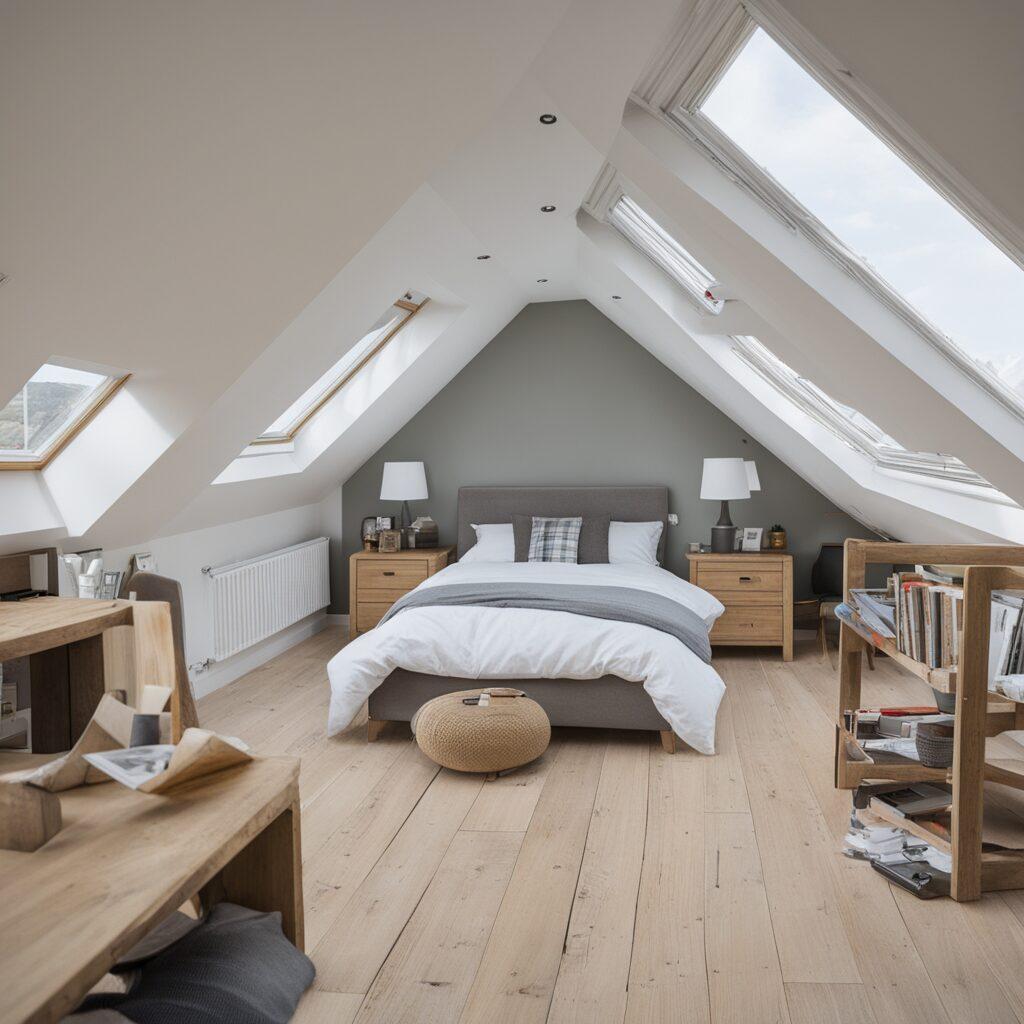
Loft Conversion Cost in the UK (2026 Guide)
A loft conversion is one of the quickest ways to add space and value to a UK home. But the main question most homeowners ask is simple. How much does a loft conversion cost in 2026?
In this guide you will find clear numbers, cost breakdowns, examples, and the real structural work required behind the scenes.
Average Loft Conversion Cost in 2026
Most loft conversions in the UK cost £30,000 to £85,000 in 2026.
The price depends on the type of conversion, the work needed to support the roof, and the finish you choose. Below are the typical ranges.
Velux (Rooflight) Loft Conversion Cost
The simplest option. Uses the existing roof shape.
Typical cost: £28,000 to £35,000
Dormer Loft Conversion Cost
Adds a box-shaped extension on the roof to increase head height.
Typical cost: £48,000 to £60,000
Hip to Gable Loft Conversion Cost
Converts the sloping hip into a straight gable wall.
Typical cost: £55,000 to £68,000
Mansard Loft Conversion Cost
Changes almost the whole roof structure. Creates the most space.
Typical cost: £65,000 to £85,000
Loft Conversion Cost by Property Type
Prices also change based on property size and layout.
- Semi-detached loft conversion cost: £48,000 to £60,000
- Detached loft conversion cost: £60,000 to £80,000
- Terrace house loft conversion cost: £45,000 to £55,000
- Bungalow loft conversion cost: £65,000 to £90,000
Bungalows usually have larger roof spans which increases cost.
Loft Conversion Cost per m² (2026)
Most UK loft conversions fall between: £1,350/m² to £2,600/m²
The cost per metre depends on:
- Roof structure
- Steel beam requirements
- Number of dormers
- Heating, plumbing and electrics
- Finish quality
Smaller lofts sometimes cost more per m² because the fixed structural work is the same.
Full Cost Breakdown of a Loft Conversion (2026)
Here is where your money actually goes.
Structural work
This includes steel beams, joists, load paths and roof support.
Typical cost: £5,000 to £18,000
This includes essential elements like steel beam calculations and managing load bearing wall removals. You will always need structural calculations for this phase.
Labour
£14,000 to £38,000. Depends on the complexity and duration.
Other Costs
- Stairs: £1,200 to £3,500
- Insulation: £1,000 to £1,500
- Windows: £1,500 to £6,000
- Plumbing / Electrics: £2,000 to £8,000
- Plastering and finishes: £3,000 to £10,000
- Bathroom (if added): £4,000 to £12,000
Structural Costs That Homeowners Often Miss
Many people don’t realise that loft conversions almost always need structural reinforcement. These are the hidden costs that matter most.
Steel beams
Used to carry the roof and floor loads. See our RSJ design page for more details, or learn why you need a structural engineer for extension projects like this.
Floor joist strengthening
Some lofts cannot support new loads without deeper joists.
Roof support
Dormers and mansards need new rafters, collars or ridge beams.
Padstones
Concrete pads under steel bearings.
Building Control approval
A legal requirement for all structural alterations. For legal checks, see the UK Planning Portal.
Planning Permission and Building Regulations
Most loft conversions do not need planning permission if they stay within permitted development. But all loft conversions need Building Regulations approval.
Building Control looks at:
- Structural calculations
- Steel beam sizes
- Fire safety
- Insulation and ventilation
- Escape windows
- Floor strength
If any structural element is missing, Building Control can halt the project.
Ways to Reduce Loft Conversion Costs
- Choose a simpler design: Rooflights and small dormers cost less.
- Avoid moving plumbing: Keeping bathrooms in line reduces cost.
- Use standard windows and stairs: Bespoke options increase cost quickly.
- Do basic DIY work: Painting, decorating, and simple fittings help reduce labour costs.
- Manage your own trades: If you understand building work, this cuts management fees.
Timeline for a Loft Conversion
Most loft conversions take 6 to 10 weeks from start to finish. Dormer and mansard types take longer due to extra structural work.
Frequently Asked Questions
How long does a loft conversion take?
Around 6 to 10 weeks.
Do I need a structural engineer?
Yes. All loft conversions need proper structural calculations.
What adds most to the cost?
Dormers, steel beams, bathrooms, bespoke windows.
Can I convert my loft without altering the roof?
Yes, but only if there is enough headroom.
Conclusion
A loft conversion is one of the most cost-effective ways to add space and value to a UK home, but the price depends on the design, the structural work, and the finish you choose. In 2026 most projects sit between £30,000 and £85,000, with dormers and mansards at the higher end because they involve more steel, more labour, and more time. The safest way to control cost is simple. Get your structural design right from the start, keep the layout straightforward, and avoid surprises that slow the job down.
If you understand the real numbers, the structural steps, and the approvals needed, the whole process becomes far less stressful and far more predictable. A clear plan saves time, money, and hassle.
Ready To Start Your Loft Conversion?
If you want accurate structural calculations, fast turnaround, and Building Control-ready drawings, you can get everything done through us. We work with homeowners, builders, and architects across the UK.
You can start here:

